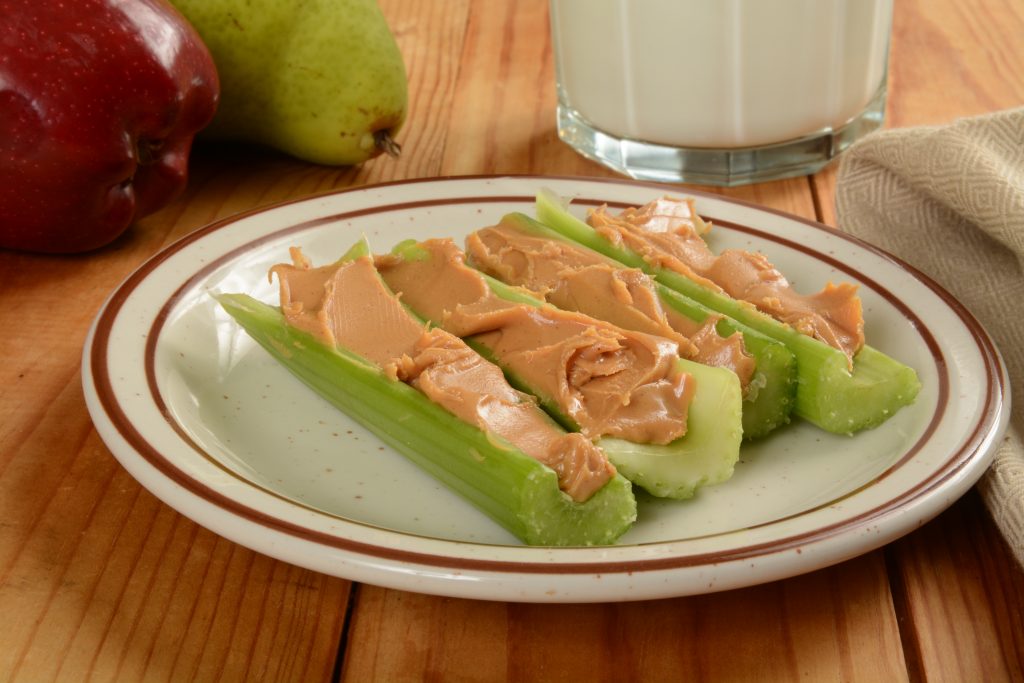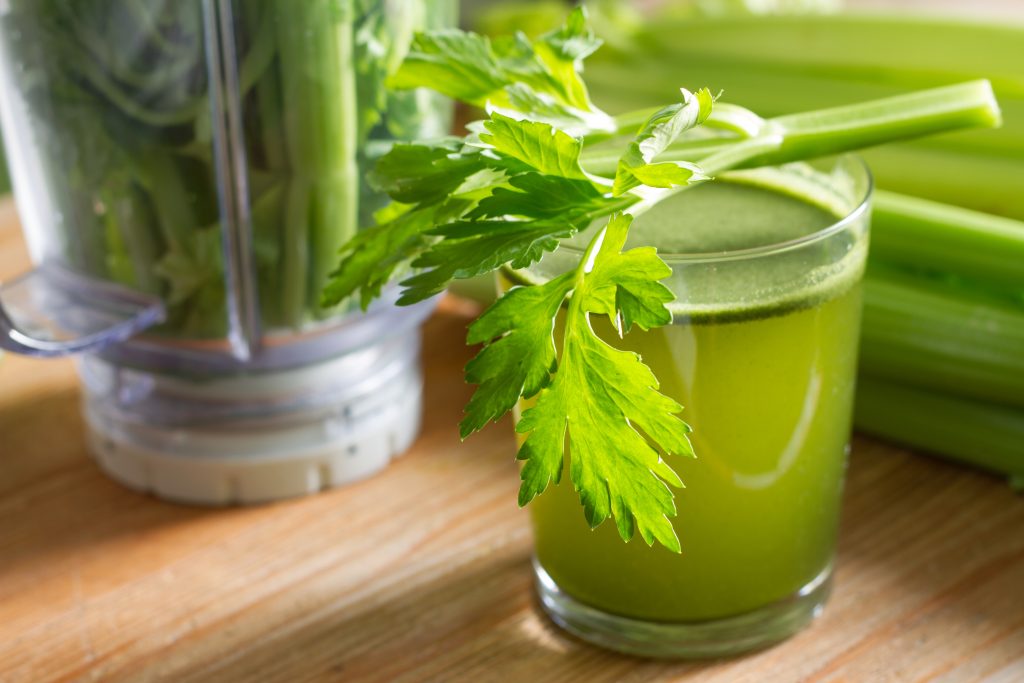March is National Celery Month and the perfect time to celebrate the multiple usages of this marshland vegetable. Did You Know that celery has been used for medicinal purposes for thousands of years? In 850 B.C., celery seeds were believed to have healing powers, even ancient Greek poet Homer, mentioned celery –then known as “salinon” – in the Odyssey.
Native from the Mediterranean regions and the Middle East, celery is versatile and nutritional food to eat. It’s high in fiber, potassium, and vitamins A and C. Celery is also known for helping strengthen the immune system, which is the body’s natural defense system against bacteria, viruses, and parasites. It helps fight infections because celery has antimicrobial properties, which boost the immune system.
This National Celery Month teaches us how to benefit from this powerful antioxidant that has helped prevent gallstones, aided in indigestion, and lowered blood pressure. Learn some tips to boost your immune system with celery.
Raw vs. Cooked
Raw vegetables usually contain more nutrients than cooked ones. However, according to a 2009 study from the Journal of Food Science, celery is actually healthier when it’s cooked. Just keep in mind that its antioxidant capacity only increases with certain cooking methods like microwaving, pressure-cooking, griddling, frying, and baking. Steam celery for only 10 minutes to maintain its antioxidant content.
Try a tasty and simple way to enjoy celery by pairing it with cheese, dips and even with a fav and a great source of protein: peanut butter!

Juices & Smoothies
In what you least expect, it will soon be time to bring back to your menu refreshing, and desirable juices and smoothies. You can be creative with this often-misunderstood vegetable since its potential is beyond soups and wings. You can create your own combinations using cucumber, apple, spinach, and lemon for a tasty and healthful beverage. Check out this easy step-by-step method to prepare celery juice from FeelGoodFoodie. I especially recommend reading the tips below, also included in the original article, to make the recipe even better!
- Use organic celery whenever possible. Celery is commonly on the dirty dozen list carrying more pesticides than most other fruits and vegetables. The cost of buying it organically is not much higher for celery specifically, so it’s worth it if possible. If you’re using conventional celery, make sure to scrub well before juicing.
- Clean the celery well, even if it’s organic. The best way to clean celery is to rinse it with cold water while you rub your fingers along the surfaces of the stalk, both on the inside and the outside from top to bottom. The bottom of the stalk will especially be dirty since it’s the root of the vegetable.
- Drink immediately after juicing or at the very latest by 24 hours after juicing. That’s because the health benefits of this celery juice recipe, and any fresh juice for that matter, are strongest immediately after juicing.
- Pour it over ice. I prefer to drink this juice slightly chilled, and if you are new to celery juice you may find it a bit easier to drink this way.

Grow your Own!
Celery is a long-season crop that grows better in cooler temperatures. According to Gardeners, although there are specific steps to be followed, it’s quite easy to grow it and maintain a supply from midsummer into late fall. Below their recommendations.
- Start the seeds indoors 10-12 weeks before the last frost date
- To get good germination, don’t cover the seeds with soil, they need light in order to germinate.
- Plant your celery outdoors when the soil temperature reaches 50 degrees F. or more, and when the nights don’t dip down below 40 degrees F. It takes three to four and a half months for celery to mature, depending on the variety.
- Celery grows best in full sun, but part shade is acceptable
- Store-bought celery is almost always taller and more robust than the celery you grow in your own garden. Its stalks are also very pale (rather than green) because of the stems of commercially produced.
- For flavoring soups, stews, and other dishes, homegrown celery has far more flavor

 Food
Food Farmers
Farmers Sustainable Living
Sustainable Living Living Planet
Living Planet News
News